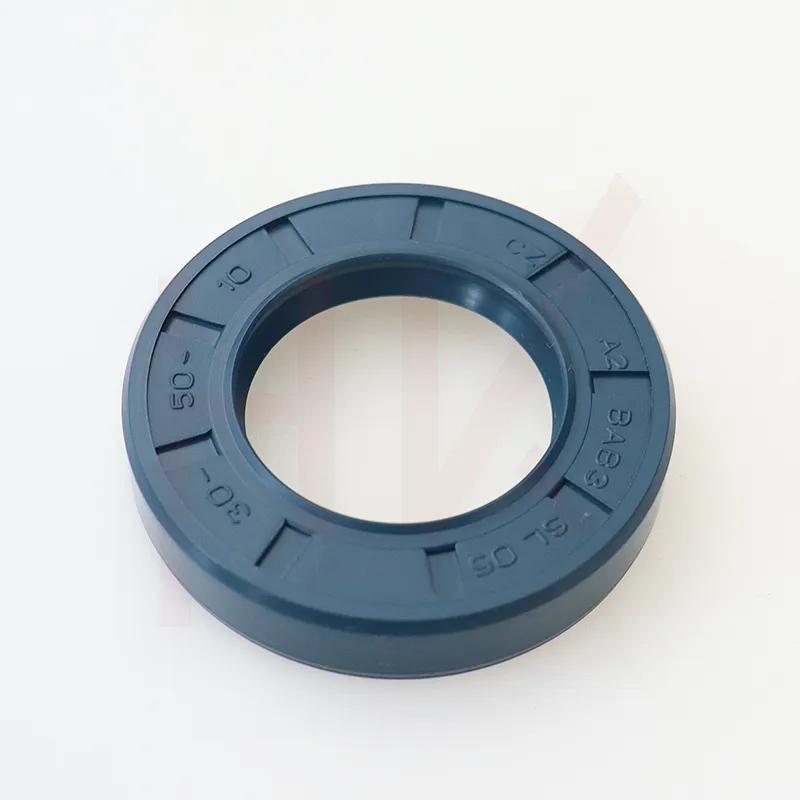Nov . 08, 2024 13:26 Back to list
Guide to Replacing Seals on Excavator Boom Cylinders Efficiently and Effectively
Excavator Boom Cylinder Seal Replacement A Comprehensive Guide
Excavators are essential machines in the construction and mining industries, used extensively for digging, lifting, and moving heavy materials. One of the critical components of an excavator is its hydraulic system, particularly the boom cylinder, which plays a vital role in the machine's lifting and articulating capabilities. Over time, the seals within the boom cylinder can wear out, leading to hydraulic fluid leaks, decreased performance, and potential operational delays. Therefore, understanding how to replace these seals is crucial for any excavator operator or maintenance technician.
Understanding the Boom Cylinder
The boom cylinder is responsible for the movement of the excavator's arm—the boom. The hydraulic fluid flows through the cylinder, causing the piston to extend or retract, thus raising or lowering the boom. Inside the cylinder, seals prevent hydraulic fluid from leaking out while maintaining the pressure required for the operation. However, factors such as high operating pressures, extreme temperatures, and contamination can lead to seal degradation, necessitating timely replacement.
Signs of Worn Seals
Before embarking on a seal replacement, it’s essential to identify symptoms of worn or damaged seals. Some common signs include
1. External Leaks Noticeable hydraulic fluid pooling around the boom cylinder. 2. Reduced Performance Slow or erratic movement of the boom when extending or retracting. 3. Unusual Noises Grinding or whining sounds that could indicate internal wear or low fluid levels due to leakage. 4. Increased Hydraulic Fluid Consumption Frequent topping off of hydraulic fluid levels, indicating leaks.
If you notice any of these issues, it is advisable to replace the seals in the boom cylinder before further damage occurs.
Tools and Materials Needed
To replace the seals in an excavator boom cylinder, you will need the following tools and materials
- Seal kit compatible with your excavator model - Hydraulic fluid - Wrenches and socket set - Screwdrivers (flat-head and Phillips) - Pliers - Lifting device or overhead crane - Clean cloths for wiping surfaces - Safety equipment (gloves, goggles)
excavator boom cylinder seal replacement

Steps for Seal Replacement
1. Preparation and Safety Begin by parking the excavator on a level surface, ensuring that it is securely shut down. Activate the safety lock and disengage any attachments.
2. Remove the Boom Cylinder Use the lifting device to raise the boom slightly off the ground. Carefully disconnect hydraulic lines using the appropriate wrenches, ensuring you have a container to catch any leaking fluid. Remove the mounting bolts that attach the boom cylinder to the excavator and gently lift the cylinder away.
3. Disassemble the Cylinder Place the cylinder on a clean work surface. Use wrenches to remove the end caps and extract the piston from the cylinder. Be cautious with the internal components to avoid damage.
4. Inspect Components Check the condition of the cylinder walls, piston, and any other internal components for signs of wear or damage. If any part appears compromised, consider replacing it along with the seals.
5. Replace the Seals Remove the old seals and clean the grooves where they were seated. Install the new seals from the kit, ensuring they are seated properly and evenly. Take care not to twist or damage them as you install.
6. Reassemble the Cylinder Once the new seals are in place, reinsert the piston into the cylinder and secure the end caps. Ensure all fittings are tight and the cylinder is sealed correctly.
7. Reinstall the Cylinder Carefully place the boom cylinder back onto the excavator and reconnect the mounting bolts. Reattach the hydraulic lines, ensuring there are no cross-threaded fittings.
8. Test for Leaks Once everything is reassembled, refill the hydraulic fluid to the appropriate level. Start the excavator and test the boom's operation. Watch for any signs of leaks from the newly installed seals.
Conclusion
Replacing the seals in an excavator boom cylinder is an essential maintenance task that can greatly extend the life of your equipment and improve performance. By paying attention to wear signs and addressing seal replacement promptly, operators can ensure their excavators remain reliable and efficient on the job site. Regular maintenance, including seal inspections, will save time and costly repairs in the future.
-
TCN Oil Seal Metal Ring Reinforcement for Heavy Machinery
NewsJul.25,2025
-
Rotary Lip Seal Spring-Loaded Design for High-Speed Applications
NewsJul.25,2025
-
Hydraulic Cylinder Seals Polyurethane Material for High-Impact Jobs
NewsJul.25,2025
-
High Pressure Oil Seal Polyurethane Coating Wear Resistance
NewsJul.25,2025
-
Dust Proof Seal Double Lip Design for Construction Equipment
NewsJul.25,2025
-
Hub Seal Polyurethane Wear Resistance in Agricultural Vehicles
NewsJul.25,2025
-
The Trans-formative Journey of Wheel Hub Oil Seals
NewsJun.06,2025
Products categories
















